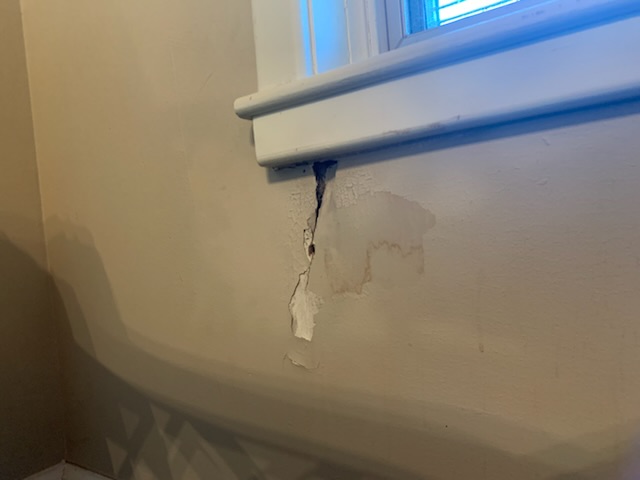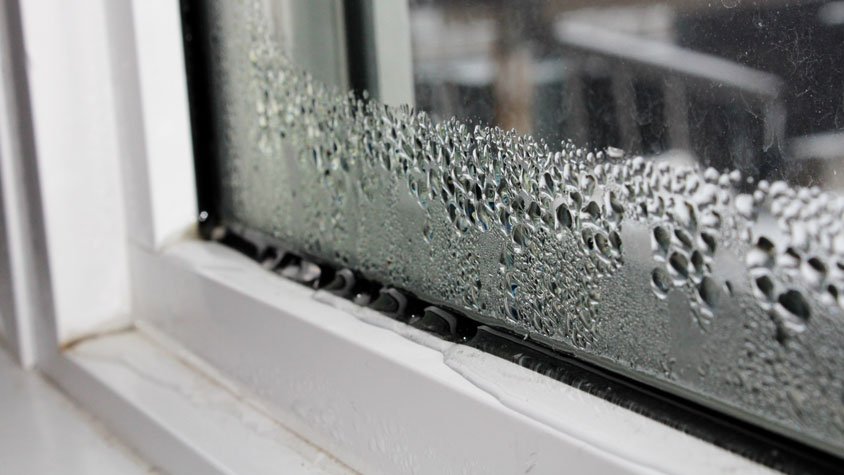Weather and climate can have a significant impact on the likelihood of window frame leaks. Window frames are critical components of a building’s structure, and their ability to keep out moisture and maintain a tight seal is vital for energy efficiency and preventing water damage. Here’s how weather and climate can affect the likelihood of windows frame leaks:
Precipitation
- Heavy Rainfall: Regions with frequent heavy rainfall are more prone to window frame leaks. Water can infiltrate through small cracks or gaps in the window frames, particularly if the frames are not adequately sealed.
- Snow and Ice: In colder climates, snow and ice can accumulate on window frames. When this frozen precipitation melts, it can seep into vulnerable areas in the frame, potentially leading to leaks.
Temperature Fluctuations

- Freeze-Thaw Cycles: Areas with significant temperature fluctuations, where temperatures often drop below freezing and then rise above it, can cause window frames to expand and contract. Over time, this movement can create gaps or cracks in the frames, making them more susceptible to leaks.
Humidity
- High Humidity: Elevated humidity levels can increase the likelihood of condensation forming on window frames. When condensation occurs, it can eventually result in water damage if not adequately managed, potentially causing leaks.
UV Exposure
- Intense Sunlight: Extended exposure to intense sunlight, especially in hot climates, can cause window frame materials such as wood or vinyl to deteriorate. This deterioration can make them less effective at maintaining a seal, leading to leaks over time.
Wind
- Strong Winds: Powerful winds can drive rainwater into small openings or gaps around window frames. If the frames are not properly sealed or if the caulk or weatherstripping has degraded, wind-driven rain can infiltrate and cause leaks.
Seasonal Changes

- Seasonal Variations: Window frames can be affected by seasonal changes in weather and temperature. For instance, the expansion and contraction of window frame materials due to temperature fluctuations during changing seasons can contribute to leaks.
To minimize the likelihood of leaking window frame, regular maintenance is essential. This includes inspecting window frames for visible gaps or cracks, replacing weatherstripping and caulking as needed, and ensuring that the frames are adequately sealed. Additionally, selecting window materials and designs appropriate for your specific climate can help prevent leaks and enhance energy efficiency.


